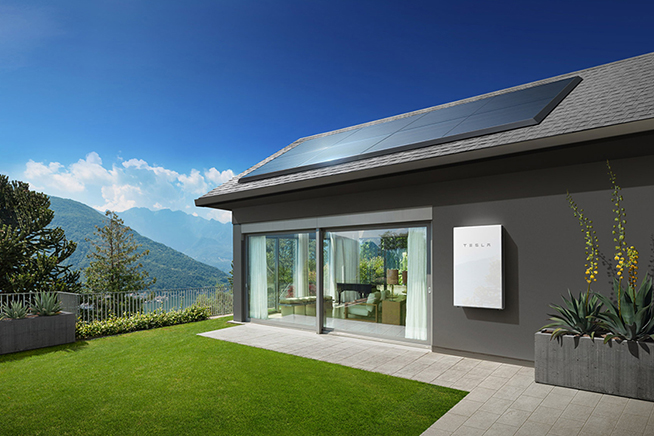The company Apis Cor has created a two-room apartment in Russia in just 24 hours using an on-site 3D printer, the total cost did not exceed 10,000 euros
A house built in 3D. If you're about to make a joke because of the assonance, we'll stop you right there. The house in question was built in less than 24 hours and not in three days. Yes, that's right, a one-bedroom apartment built entirely from a 3D printer. And don't expect it to cost a fortune, it only took 10,000 euros.
For many, 3D printers will revolutionize the way things are done. Certainly if they start building houses at low cost and in less than a day would solve the housing problem in several countries. Especially in developing and underdeveloped ones. But also in the realization of reception centers or in the case of tragedies such as tidal waves and earthquakes. The house was built in Russia by the company Apis Cor. And the company boasts of being the first to develop a 3D printer that can print entire buildings on site. Previously, 3D houses were made in a lab and then only assembled on site (browse the photo gallery above to see the process of building a house made with a 3D printer).
The 3D house of your dreams
The house built by Apis Cor is 37 square meters in size and includes a small entry room, a bathroom, living room and kitchen. The company said it spent only 10 thousand euros to complete the construction. Ceilings, walls and floors were molded with a special cement-based mixture. Only the fixtures and painting were not done by machine. According to Apis Cor this house can last up to 175 years. Sul sito dell’azienda il fondatore Nikita Chen-Yun-Tai dice: “Vogliamo cambiare l’opinione pubblica: una costruzione può essere veloce, ecologica, efficiente e affidabile allo stesso tempo”. L’obiettivo Apis Cor è quello di diventare la più grande azienda internazionale di costruzione per risolvere i problemi di alloggio in tutto il mondo. Va comunque detto che l’anno scorso in Cina un’altra azienda stampò una casa a due piani in loco, quindi senza trasportare le parti ma costruendole direttamente sulla destinazione finale. Va detto però che i cinesi rispetto a Apis Cor impiegarono 45 giorni e non 24 ore.
 Fonte foto: SolarCity
Fonte foto: SolarCity
Elon Musk è pronto a lanciare entro la fine dell’anno le tegole solari. Premi sull’immagine per scoprire come sono fatte
